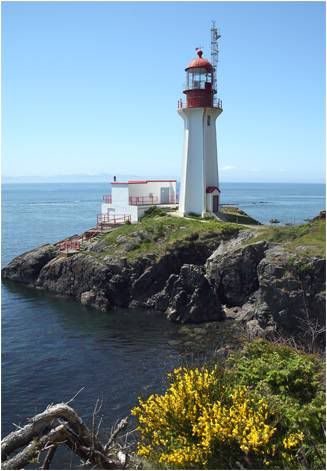
On the night of February 26, 1862, the Anna Barnard, bound from San Francisco to Sooke for a load of lumber, approached Vancouver Island. Captain Olmstead and his seven-man crew could hear the pounding surf, but thick, soupy fog prevented them from seeing exactly how close to shore they were. Their luck ran out when they struck rocks a few miles from Sheringham Point. As their bark began to break apart, the captain and two crewmen launched a lifeboat but almost immediately the small vessel overturned in the surf. Captain Olmstead managed to swim to shore, but the cook and seaman who were with him drowned. The five remaining men aboard the bark climbed up the mast, where they passed a white-knuckled night clinging to the rigging until the tide went out and they were able to wade ashore.
Unlike so many other shipwrecks along the west coast of Vancouver Island, the story of the wreck of the Anna Barnard is known because members of its crew survived and, after being assisted by First Nation people, were taken to Victoria to tell their tale.
Even after Carmanah Point Lighthouse was built at the northern entrance to the Strait of Juan de Fuca in 1891, there were still several nautical miles of unnerving darkness before a ship entering the strait from the north would catch the light from Race Rocks. This dark void disappeared in 1912 with the establishment of the Sheringham Point Lighthouse.
Manuel Quimper, a Peruvian-born navigator sent by Spain to explore the coast of Vancouver Island, was the first to map the point, and he named it Punta de San Eusivio in 1790. The name didn’t last for long. During his 1846 survey aboard the H.M.S. Herald, Captain Henry Kellet changed the name to Sheringham Point in honor of Commander William Louis Sheringham of the Royal Navy. Captain Kellet had served under Sheringham, whose accomplishments included surveying the south coast of England and Wales and assisting Captain Francis Beaufort in the compilation of Sailing Directions.
The site for the Sheringham Point Lighthouse was purchased from the Clark family in 1912 for $226.02, and construction began that same year under a contract to T. Stedham. The Annual Report of the Department of Marine and Fisheries for 1913 lists the following expenses associated with the work:
tower, wooden dwelling, boathouse, and oil shed - $8,457
seven foot lantern room, third-order triple flashing optic and freight - $7,609.50
installation of apparatus, inspection, traveling and other expenses by day’s labour under L. Cullison - $4,898.49
The hexagonal reinforced concrete lighthouse stands 20 metres (64 ft) high and was designed by William Anderson. Also at the station were a small boathouse, east of the tower, a square, white fog alarm building with a gable roof, located between the tower and the shore, and a substantial keeper’s dwelling, situated up the slope, well back from the tower. The original fog alarm building has since been replaced by a square, concrete building with a flat roof, while no keeper dwelling remains.
The original fog horn, which was operated by a steam engine, was replaced around 1925 by a diaphone horn powered by compressed air from oil engines. The fog alarm was later equipped with an automatic low visibility detector.
Eustace Travanion Arden lit the light for the first time on September 30, 1912. Sheringham Point with its dramatic view of the Olympic Mountain Range and close proximity to town had very little turnover. Keeper Arden remained at the station almost thirty-four years, retiring on February 18, 1946.
Alfred Dickenson served at the Capilano Lighthouse until the spring of 1946, when the light was electrified and operated from the signal tower on nearby Lions Gate Bridge. As Dickenson was sixty-one at the time, there was talk of his retirement, but he preferred to take another assignment if possible, so on June 13, 1946, the tender Berens arrived to transport Alfred, his wife Annie, and their few crated belongings to Victoria, from where they would travel by truck to their new home at Sheringham Point. A southeast gale was blowing with heavy rain the day they sailed for Victoria, and Annie became quite seasick. “Most of the stuff is soaked,” Alfred complained, “damned disgrace how things are handled, several things broken.”
After having spent twenty-four years in a small dwelling perched above the First Narrows, the Dickensons likely expected improved conditions at Sheringham Point, but such was not the case when they arrived. “In all my life I have never seen such a disgraceful condition for a government lightstation,” Alfred lamented. “I do not blame the temporary keeper, this dump was never looked after, hell of a mess … Engines just a bunch of junk.” During his first night of service at Sheringham, the light stopped at 12:30 and again at 1:10 a.m.
Keeper Arden, a loyal Tory, had been granted the position of first keeper at Sheringham Point over more qualified men, who just happened to lack his political connections. The Dickensons inherited the outcome of such patronage, but given Alfred’s diligence, the station surely didn’t remain in a dilapidated state for long.
John W. Burton became keeper in 1968. He and his family loved the spot and one of his daughters was married in the lantern room in 1976 with sixteen people, including the minister, all crowded in the small space. Burton reluctantly left the station in August 1989 when the light station was de-staffed.
The third-order Fresnel lens originally used in the lighthouse was removed in 1976 and is now located at the Sooke Region Museum, where a panel of it can be viewed by appointment.
The Sheringham Point Lighthouse Preservation Society was formed in 2003 to work for the preservation of the tower and the creation of a public park on the surrounding ten acres. The Department of Fisheries and Oceans (DFO) completed a land swap in early 2008 with a neighboring landowner to help make the park possible. The land around the lighthouse, formerly owned by Western Forest Products, was sold to a private developer and is currently being developed into home sites. In 2010, controversy surrounded the sale of other nearby lands by Western Forest Products to the same private developer. Conservation groups are actively petitioning the government to purchase those lands for public use.
Photo Text & Copyright www.Lighthousefriends.com



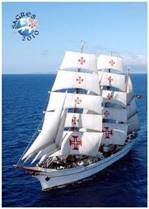





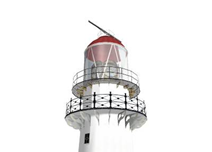













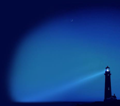


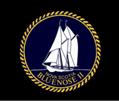


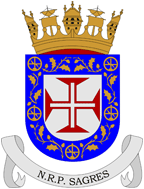

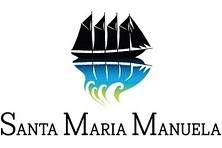
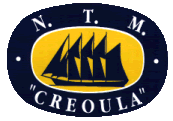

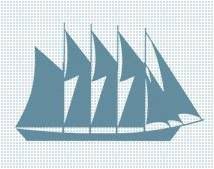
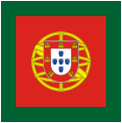





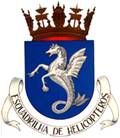
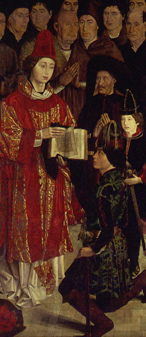



.png)




























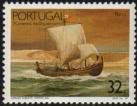
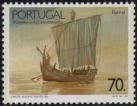
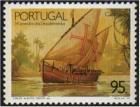
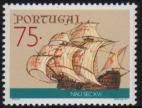
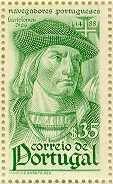


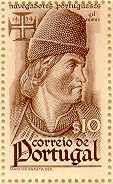



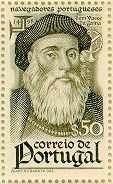
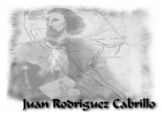
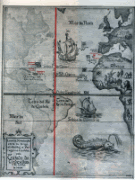
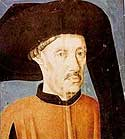
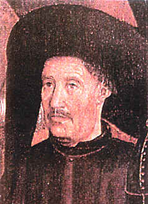

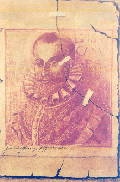
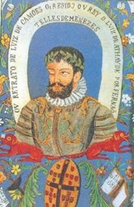
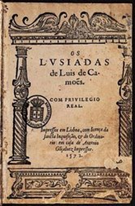
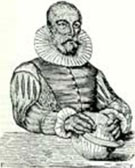
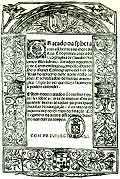
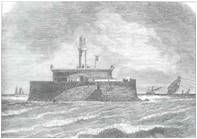







































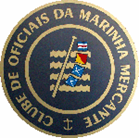



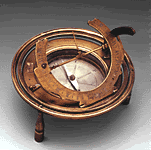
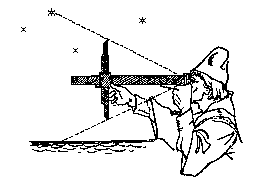








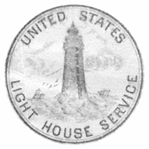

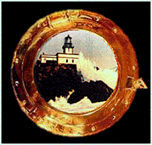


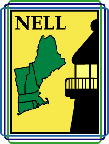


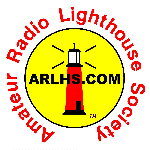


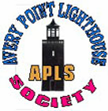




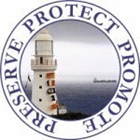
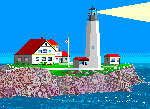




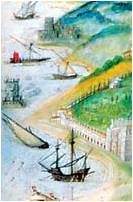

Sem comentários:
Enviar um comentário